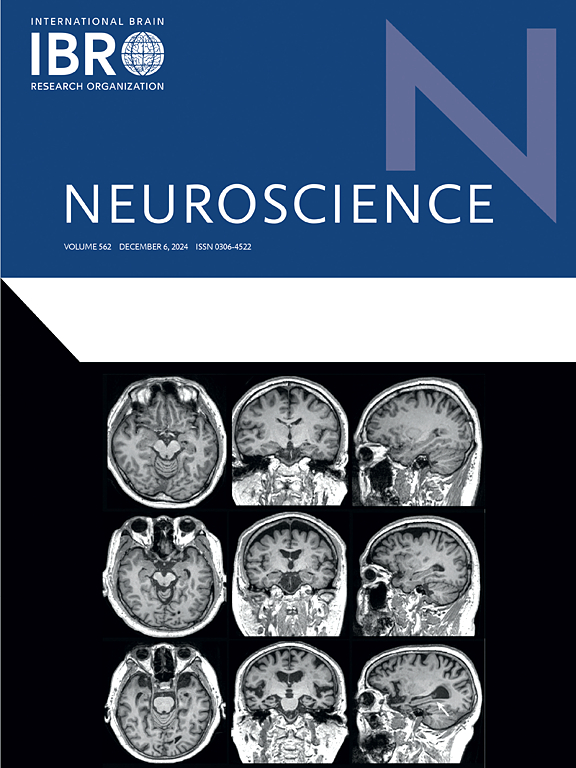Distinct mitotic dynamics and neuronal migration patterns between gyri and sulci in the ferret neocortex during cortical folding
IF 2.9
3区 医学
Q2 NEUROSCIENCES
引用次数: 0
Abstract
Neocortical folding (i.e., gyrification) is a key evolutionary and developmental feature of the brain, facilitating cortical surface expansion and enhanced cognitive function. However, the precise strategies and mechanisms underlying cortical folding remain incompletely understood. In this study, we systematically investigated the dynamic formation of neocortical folding in the ferret. Our findings reveal significant differences in neurogenesis and neuronal migration between the developing lateral gyrus (LG) and adjacent lateral sulcus (LS) of the ferret neocortex. Specifically, progenitors in the LG exhibited higher mitosis activity and a shorter S-phase duration compared to those in the LS. Additionally, immature neurons in the LG followed a fan-like migration pattern, whereas those in the LS exhibited a flower bud-like pattern. Organotypic slice cultures and time-lapse imaging further demonstrated that the migration trajectory of immature neurons to the neocortex is more straightforward in the LG than in the LS. Together, these results highlight distinct cellular behaviors between the developing gyrus and sulcus, providing novel insights into cellular mechanisms underlying cortex folding.
雪貂皮层折叠过程中脑回和脑沟间不同的有丝分裂动力学和神经元迁移模式
新皮层折叠(即回旋)是大脑进化和发育的关键特征,促进皮层表面扩张和增强认知功能。然而,皮层折叠的精确策略和机制仍然不完全清楚。在这项研究中,我们系统地研究了雪貂新皮质折叠的动态形成。我们的研究结果揭示了雪貂新皮层发育中的外侧回(LG)和相邻的外侧沟(LS)在神经发生和神经元迁移方面的显著差异。具体而言,与LS相比,LG的祖细胞表现出更高的有丝分裂活性和更短的s期持续时间。此外,LG的未成熟神经元遵循扇形迁移模式,而LS的未成熟神经元则表现出花蕾样迁移模式。器官型切片培养和延时成像进一步表明,未成熟神经元向新皮层的迁移轨迹在LG中比在LS中更直接。总之,这些结果突出了发育中的脑回和脑沟之间不同的细胞行为,为皮层折叠背后的细胞机制提供了新的见解。
本文章由计算机程序翻译,如有差异,请以英文原文为准。
求助全文
约1分钟内获得全文
求助全文
来源期刊

Neuroscience
医学-神经科学
CiteScore
6.20
自引率
0.00%
发文量
394
审稿时长
52 days
期刊介绍:
Neuroscience publishes papers describing the results of original research on any aspect of the scientific study of the nervous system. Any paper, however short, will be considered for publication provided that it reports significant, new and carefully confirmed findings with full experimental details.
 求助内容:
求助内容: 应助结果提醒方式:
应助结果提醒方式:


